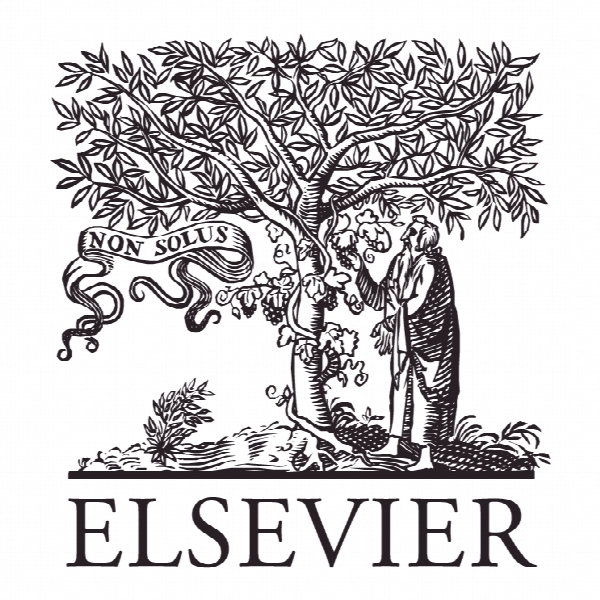ارزیابی انگیزه های مجدد هدیه افراد Assessing individuals’ re-gifting motivations
- نوع فایل : کتاب
- زبان : انگلیسی
- ناشر : Elsevier
- چاپ و سال / کشور: 2017
توضیحات
رشته های مرتبط مدیریت
مجله تحقیقات بازاریابی – Journal of Business Research
دانشگاه گروه مدیریت، اقتصاد، ریاضی و آمار، سلنتو، ایتالیا
نشریه نشریه الزویر
مجله تحقیقات بازاریابی – Journal of Business Research
دانشگاه گروه مدیریت، اقتصاد، ریاضی و آمار، سلنتو، ایتالیا
نشریه نشریه الزویر
Description
1. Introduction Re-gifting is a “form of gift giving where the gift is second-hand and that fact may or may not be concealed from the recipient” (Swilley, Cowart, & Flynn, 2014, p. 259). This practice is common in today’s society: in the U.S., more than 30% of people engage in re-gifting during the holiday season (American Express, 2013). In doing so, people who pass their gifts on (i.e., re-gifters) to other people (i.e., re-giftees) may contribute to reducing a considerable waste of economic value. In 2013, for instance, the average American spent over $700 on Christmas gifts (Gallup, 2013). However, estimates indicate that up to one third of gift spending is wasted because many gifts do not match the recipients’ preferences and are thus unused or discarded (Waldfogel, 1993). Re-gifting gives unwanted gifts a second chance of being used and, as such, could help people reduce waste and consume fewer material resources for new gifts. In accordance with this view, several voluntary initiatives, such as the National Re-gifting Day in the U.S. and Le Grand Don in Europe, have been undertaken in order to promote re-gifting as a desirable behavior. Re-gifting has also been encouraged by major media (e.g., ABC News, 2014; CBS, 2015), which try to inform consumers about its etiquette (Ertimur, Muñoz, & Hutton, 2015; Swilley et al., 2014), as well as by mobile technology experts, who have developed new applications aimed at facilitating re-gifting (Adweek, 2012). However, companies may consider this behavior economically unsustainable, insofar as it reduces new gift sales, and thus oppose it—for example, by adding options to customize their products and make them less suitable for re-gifting (Ertimur et al., 2015). Moreover, while consumers might look at re-gifting as an economically and environmentally sustainable practice (Green America, 2016; Mansvelt & Robbins, 2011), they may also think that second-hand gifts are undesirable items and therefore consider re-gifting an offensive behavior (Adams, Flynn, & Norton, 2012). Indeed, although re-gifting may occur in an overt way by informing re-giftees about the second-hand nature of the re-gifts, re-gifters might engage in a covert behavior by pretending that the re-gifts are new. Covert re-gifting is generally considered deceitful and disrespectful to the re-giftee (Swilley et al., 2014), as well as to the first giver, that is, the person who bought the gift and gave it first. Indeed, a gift is generally regarded as inalienable because it represents a part of the first giver’s self (Mauss, 1925). For these reasons, regifting continues to be stigmatized as a socially censurable behavior in the majority of Western societies. Given this complex situation, understanding the motivations behind individuals’ decisions to engage in re-gifting may help to clarify its role in social relationships. The few studies published on this topic have explored such motivations, but only via qualitative techniques. For instance, Ertimur et al. (2015) proposed four different re-gifting modes associated with different re-gifters’ goals: a pragmatic mode, whereby the re-gifter passes on a gift in order to accomplish a gift-giving obligation in a timely and efficient way; a retaliatory mode, whereby the regifter seeks to affirm his/her selfhood and teach social norms to the re-giftee; an altruistic mode, whereby the re-gifter aims to please the re-giftee and express care for him/her; and a playful mode, whereby the re-gifter engages in this behavior for fun. However, research on regifting motivations is still in its infancy. In particular, very little effort has been made to empirically assess whether and how such motivations change on the basis of the relational closeness between re-gifters and regiftees.


